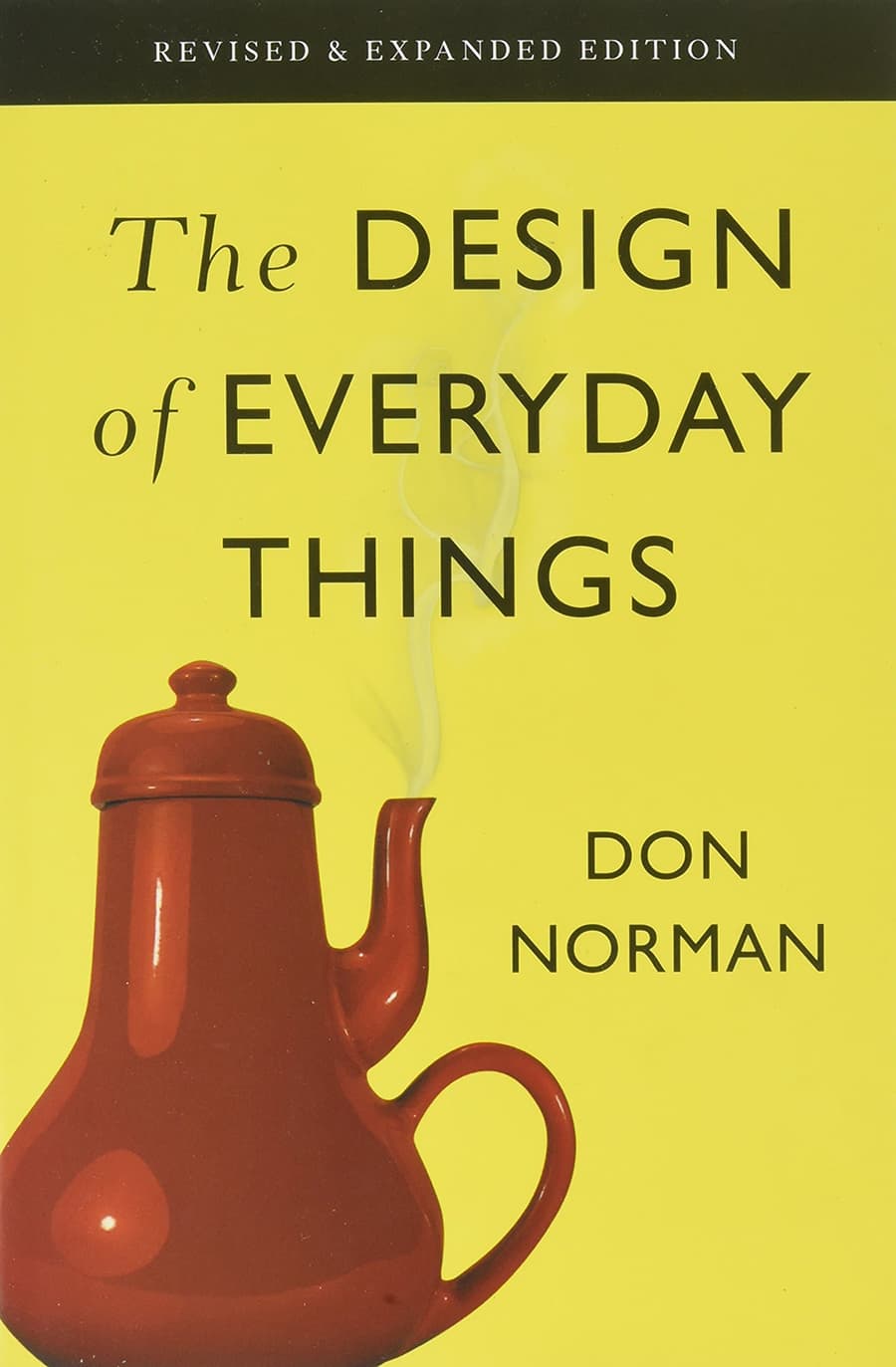The Design of Everyday Things is as much a piece of required reading as any book in the product design cannon. Truly, its original title (The Psychology of Everyday Things) is more apt: Norman, with his background in psychology, brought an incredibly useful perspective to design. It’s hard to imagine what design would be like without the concepts Norman introduced: usability, affordances, error mapping, internal modeling, signifiers, and more.
This book is at least three books rolled into one. First, Norman introduces his framework for thinking about design, consisting of affordances, signifiers, modeling and mapping. He describes the importance of feedback loops and the psychological stages of action and reaction. Second, there are a few chapters about how design comes to be through constraints and human needs. Lastly, Norman outlines “design thinking,” the approach that businesses take to innovate and/or iterate their products.
There’s lots of overlap between this book and other influential works like Thinking, Fast and Slow and The Innovators’ Dilemma. But this book is going to be my go-to recommendation for new designers or anyone else looking to start learning about design.
